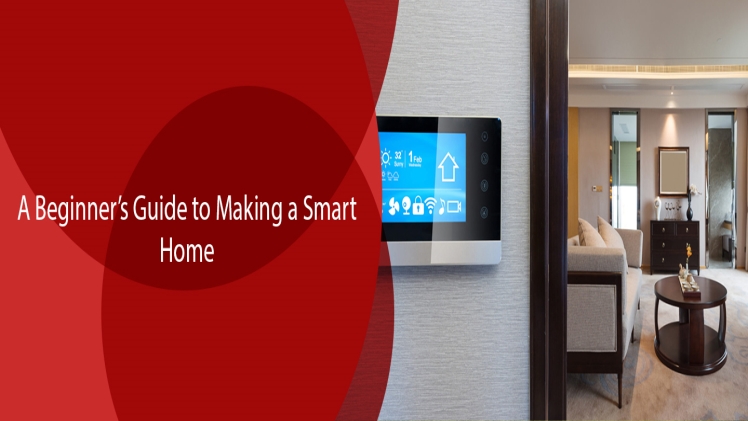The best way to construct a smart home is to invest in some high-quality smart devices like sensors, smart lighting, video surveillance, speakers, and more. All you need to do is just connect them all to a hub that allows them to interact with one another and with you via your smartphone and you are good to go.
But, let’s face it, that can entail spending a lot of money and effort. For some, it’s simply too much. If your demands are simpler, a few relatively inexpensive gadgets can provide the majority of the benefits of a high-end smart home at a considerably lower cost.
Set Up A Hub
You’ll have a firm foundation to build on if you make sure all of your smart home gadgets are compatible. The secret is to figure out which smart home devices don’t need a smart home hub to work. While hubs provide various advantages, the most noteworthy of which is the ability to manage everything through a single user interface, they aren’t always necessary. You will, however, require a robust wireless router, preferably one that can connect to all areas of your home.
Most home automation gadgets, in addition to being compatible, need a hub or bridge to reach their full potential. The hub connects the user’s phone or digital assistant to the smart devices. The hubs use radio signals instead of Wi-Fi to connect amongst the devices.
In some cases, you may not need a hub to set up home automation. App compatibility and ecosystem compatibility are usually sufficient. Hubs, on the other hand, can actually boost security. There are fewer opportunities for tech-savvy burglars to collect the identifiable details they may also need to link to the Wi-Fi or access cameras with fewer signals flowing back and forth over Wi-Fi.
See If Your Devices Are Compatible with the Ecosystem
Look for a logo on the box or on the website of a smart-home gadget to discover if it works with your preferred ecosystem.
These symbols guarantee a basic degree of assistance. It implies you can connect it to the appropriate ecosystem and use your voice to operate the device. Support for an ecosystem, however, does not refer to the same thing for every product. One robot vacuum may just respond to enable or disable voice commands, while another may be instructed to clean a particular room or operate until a specific time. To get a complete idea of what’s possible, always consult the full list of instructions or user evaluations.
Below are some of our favorite smart home gadgets for beginners that are simple to use, economical, or simply too amazing to pass up.
Smart Speaker
The best way to begin automating your house is with a smart speaker. They work using voice commands, which can be used to set timers, listen to music and podcasts, and manage other smart home devices. The Amazon Echo Dot (4th Gen) is a low-cost smart speaker that runs on Amazon’s Alexa smart home platform and costs around $50. It also supports a large number of devices.
Smart Lighting
We’ve spent a lot of time talking about smart lighting in recent months, but how about getting started if you’re not a home automation expert?
If you don’t want to automate your entire lighting system, smart bulbs are a good option. You won’t need to rewire anything and can get started right away. With bulbs, you have a lot of options. If you’re a complete beginner, the Philips Hue line offers a lot of flexibility. Single dimmable bulbs are reasonably priced. White, white ambiance (various shades of white), or color are all options (16 million, in fact).
The responsive Hue app allows you to control your lights. You may also utilize voice commands, but you’ll need the Hue Bridge, a proprietary hub, to do so. Another popular one is the Sengled Smart Lighting Kit.
In the app, you can easily schedule your lights. You may set them to activate as soon as you arrive home from work, making the house appear occupied even when you’re away on vacation.
Starter Kits with the hub are also available in a variety of colors and combinations, ranging from white to white ambiance to color.
Smart Security Systems
Home security includes more than just cameras. For those searching for a complete system that includes door sensors, inside motion sensors, and a siren, SimpliSafe offers packages that can monitor your entire home for break-ins. Some systems, such as Abode, even allow you to self-monitor, removing the need for a connection to emergency services and allowing you to keep an eye on your home without paying a monthly charge.
Final Thoughts
Smart technologies should, at the end of the day, make your life easier, not more difficult. So don’t get too caught up in designing a smooth, integrated system that will survive indefinitely because you’ll be disappointed. Instead, focus on your day’s important areas and do the best you can with what you have. You’ll find that having a smart home is quite convenient if you keep your expectations in control.

